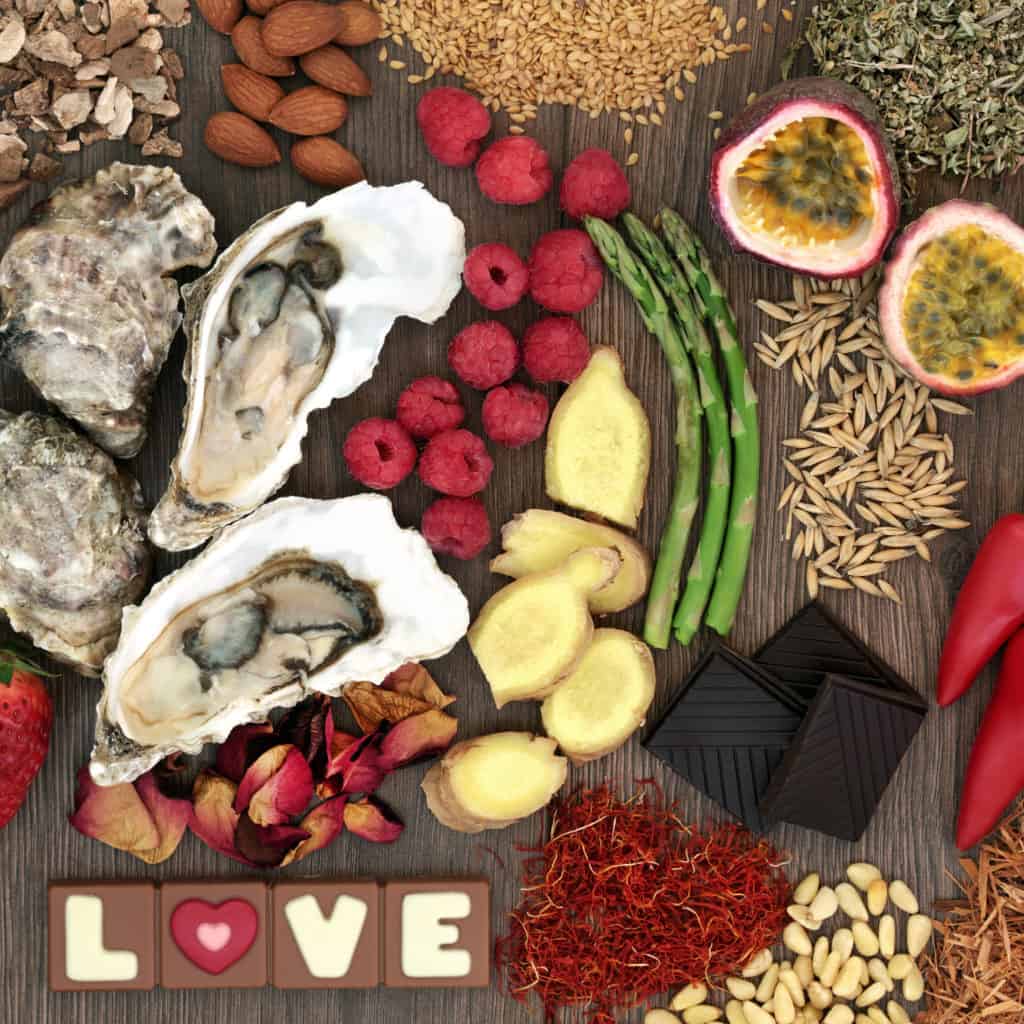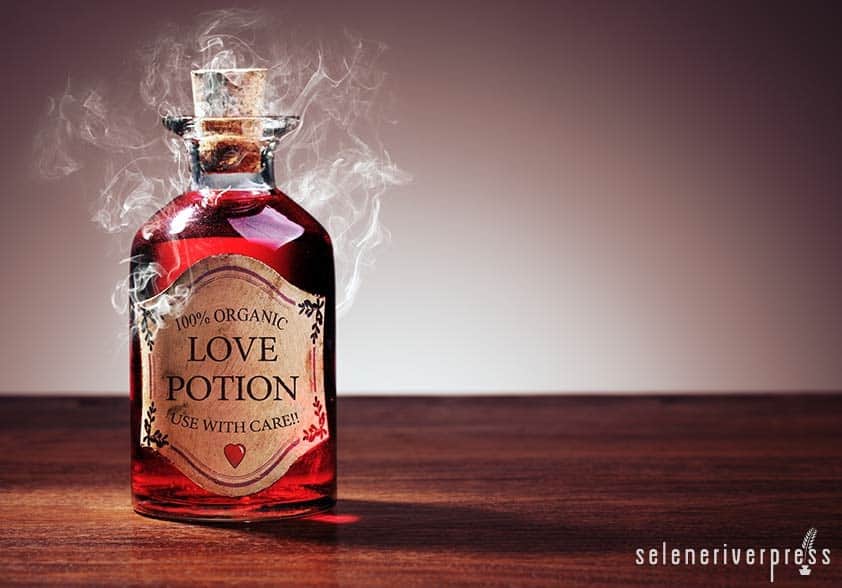Valentine’s Day is tomorrow, and those of you hoping to celebrate romantic love may be planning to stock up on some good ol’ aphrodisiacs to add some spice to your repertoire.
But first, are they worth adding to your shopping list? Aphrodisiacs: are they fact or a bunch of bogus folklore? Let’s dig in a little bit on three of the most common ones. :-)
Oysters: These have been at top of the aphrodisiac food chain since the first list was compiled. But why would such slimy little nuggets be the ticket to romance? According to a recent study by a group of American and Italian scientists, the zinc, rare amino acids, D-aspartic acid (D-Asp), and N-methyl-D-aspartane (NMDA) in oysters may give a boost to the hormones that get us in the mood for love. Seems oysters do, in fact, deserve a spot on the list.
Chocolate: Sure, chocolate makes the majority of the world happy, but does happy equate to desire? The Aztecs certainly thought so. However, in accordance with today’s more scientific way of looking at the world, researchers say that the tryptophan and phenylethylamine in chocolate activate chemicals in the brain that are related to arousal…and even falling in love. Now we know the reason why chocolate makes the list.
Of course, if chocolate gives you a headache—like it does a good friend of mine—it won’t have the same affect on you. Ending the evening with Not tonight, I have a headache is decidedly unaphrodisiac-like (and has unfortunately come to be folklore in my friend’s relationship). Otherwise, if chocolate doesn’t affect you the same way, it just may offer up a little something.
Strawberries: This fruit earned its claim to aphrodisiac fame ever since it was immortalized in a steamy scene from the 1986 movie 9½ Weeks. Not familiar? Search online, and you’ll find what I’m talking about. ;) Visually, strawberries are nature’s heart-shaped valentines. Nutritionally (if they’ve been grown in healthy soil), strawberries bring vitamin C, magnesium, potassium, and folate to your nutritional landscape. Valuable for sure. Though considered a traditional aphrodisiac, strawberries may have the weakest case (aka folklore). Perhaps their allure is associated more with how you can use them to get in the mood. Dipped in chocolate. Doused in whipped cream. You get the idea.
I came across this amusing article written by a women who dedicated an entire day to eating nothing but aphrodisiacs—just to see what affect they would have on her libido. Would they make her grab her partner by the collar and race to the bedroom at the end of the day? I found myself chuckling out loud a couple of times.
When it comes right down to it, revving up our sex drive is a tad more complicated than indulging in these traditional amore-inducing foods. Your hormones must also be in check (giving you the urge). And it helps to make sure your overall physical fitness is a priority (feeling sexy naked and making sure that ticker is up to it).
And, yes, the right foods can offer nutrients that will help heat up your libido (chilis, cinnamon) and improve both circulation and blood flow to all the right body parts (watermelon, ginger). Believe it or not, celery even made a list of aphrodisiacs compiled by the Organic Authority. Can you think of a less sexy food than celery?!
It would seem, then, that it’s more important what we do on a regular basis—rather than three hours before “show time”—that helps get us where we want to be in the love department. A healthy lifestyle may be the best aphrodisiac out there.
What’s been your experience with aphrodisiacs?
Images from iStock/BrianAJackson (main image), marilyna (post image).



